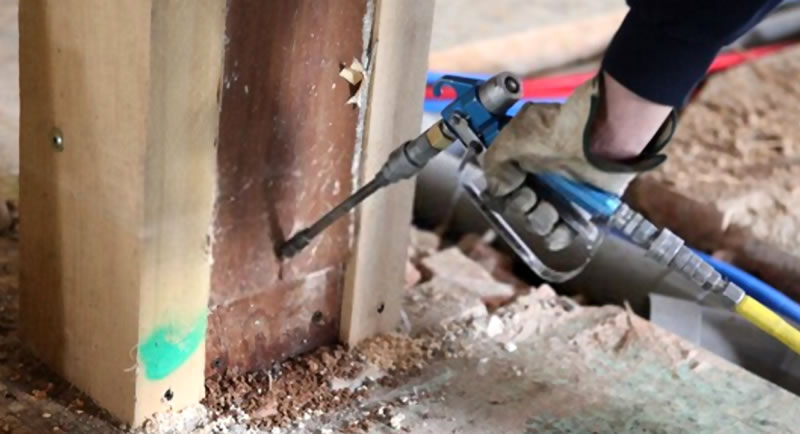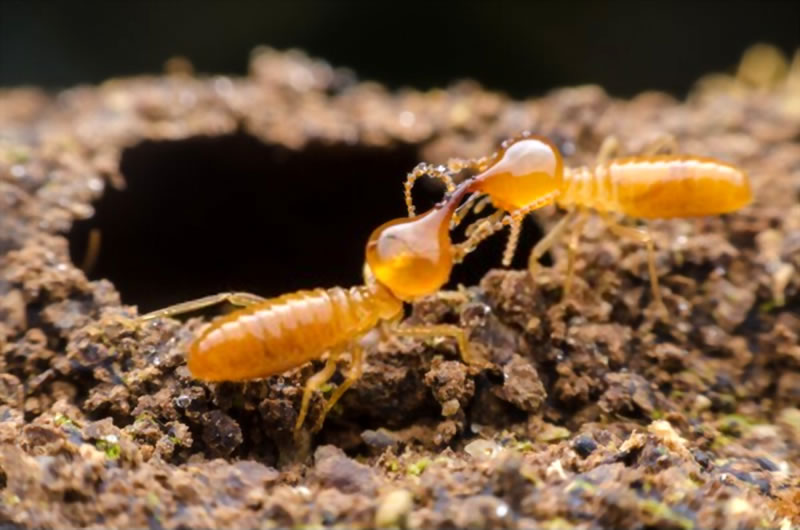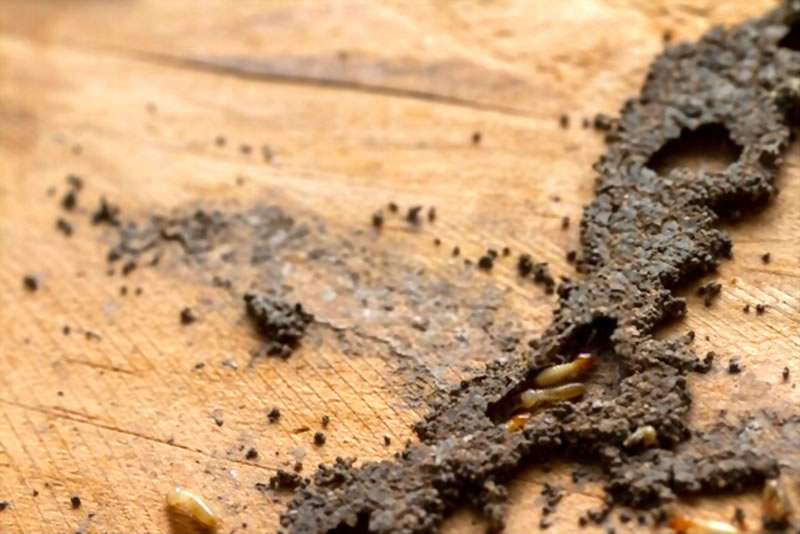Why Is Termite Treatment So Expensive?
In the days of struggling economies where it’s difficult to survive on a single-income, costs can be challenging. This state of affairs leaves many Aussie homeowners wondering whether termite treatments are important. When they do some research realise that it is absolutely imperative, they tend to ask the same question. Why is termite treatment so expensive? It’s certainly a fair question.
After all, it feels as though you are paying an enormous sum of money simply to keep living as you already are. Surely no risk is greater than that cost? The truth is that termites are responsible for $1.7 Billion worth of damage in Australia each year.
Everyone in Australia is at risk of suffering damage to their buildings as a result of termites. Certain areas are higher risk but no single location is really considered safe. Homeowners who do not want to contribute to the $1.7 billion statistics have to bite the bullet and protect their properties. So, why is termite treatment so expensive?
Termite treatment is expensive because it is dangerous
Up until 1994 pest controllers used chemicals that were harmful. Back then, it was not widely known that these poisons had such a profound effect on our own health. They also affected the surrounding environments because they traveled so effectively by water.
In fact, seagulls and other water-dwelling birds were severely affected. These chemicals are now banned since it research indicated how carcinogenic they are (they cause cancer). Now, pest controllers make use of substances that are safer. That said, there’s still a risk attached.
While the newer chemicals are less harmful to the environment, they are still toxic. That means your pest controller is putting him/herself at risk. It also means that you can not hire an amateur for this job. The risks are too great – either the job is poorly done and ineffective, or you and your family are actually harmed.
It requires training
As we mentioned, pest control is dangerous. Here are industry standards you have to know like the back of your hand. It’s not only about giving clients excellent work, but it’s also to ensure everyone’s safety.
The guidelines, drawn up by experienced professionals, communicate where the risks are. They also indicate where your technician might be dangerous. The training involved in certification is costly and takes time.
You’re not just paying someone for the time they spend on your property. You are paying for the amount of time they have spent studying, practising, and becoming an experienced professional. You’re paying to have the job done perfectly the first time, with no danger for your family.
It is difficult and labour-intensive
Installing termite treatments is hard work. It’s physical labour and it also involves skill and knowledge. Aside from memorising the risks involved in working with poison, you also have to know termites exceptionally well. You have to understand their habits so that you can identify the telltale signs of their presence and know where the different types might hideout.
You have to be able to walk onto a property and instantly identify vulnerable areas that will be prone to termites and have to learn how to operate the industry-standard equipment.
The pest control industry has seen some exciting innovations for termite control. Infra-red equipment and specialised listening devices help. They detect termites that are otherwise completely hidden. A pest control technician has to learn how to interpret the findings to accurately ascertain where the termites are.
The chemicals and the instruments are expensive
Pest control chemicals are expensive. Those who believe they can DIY pest control will attest to this. However, DIY usually tempts people to make the chemicals they’re applying stretch a little more than they should.
This invariably leaves vulnerable areas. The pest control chemicals also require specialised equipment to help apply it. This also costs money. You’re not simply paying for someone’s time and the use of their chemicals.
You’re paying for their expertise and their machines. All of these instruments help to perform the job accurately and comprehensively. And, actually, at a fraction of the cost for the same standard of work if you did it yourself.
What influences a termite treatment cost?
The cost of a termite treatment depends on a number of factors. The severity of your termite infestation, the location of the termites and treatments you use. If a pest controller is certain that your infestation is local and not widespread, you could get away with a quick-fix instant treatment. However, the fact that you had termites is a cause for concern and you will have to consider better preventative care.
What is the best termite treatment?
Some of the best preventative measures include termite barriers. There are chemical termite barriers. Barriers prevent termites from accessing your building through chemicals applied in the soil. A physical barrier does the same, except it is chemical-free.
Instead, we use steel and mesh. Some of the other termite treatments include baiting stations or tenting and fumigation. Baiting stations can exterminate the colony over a period of weeks while it leads the termites away from your house. Tenting and fumigating take around 3 days but provides you with a termite-free environment when it’s don’t.



